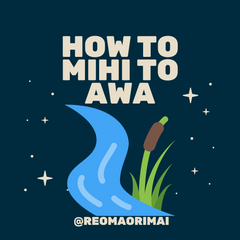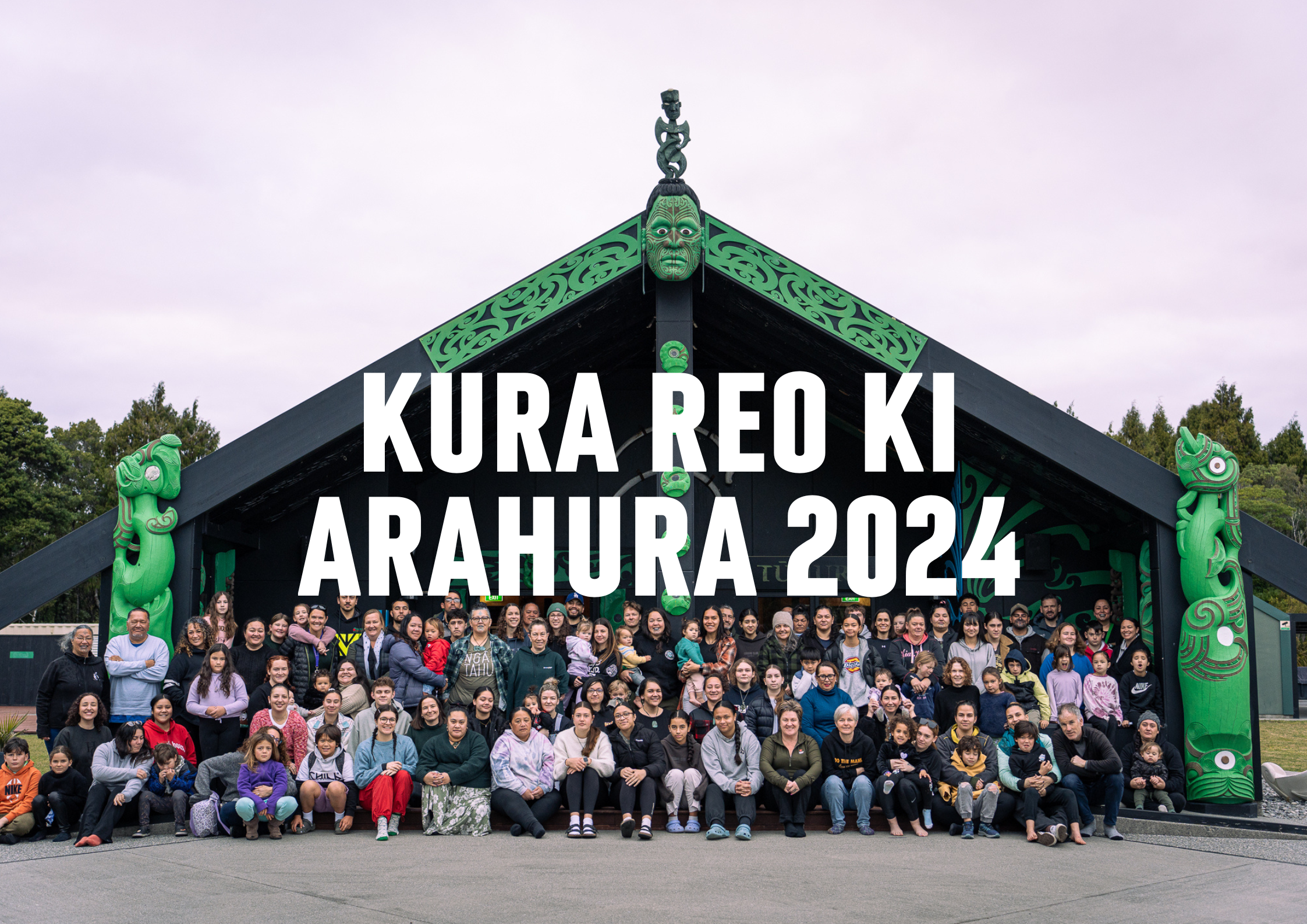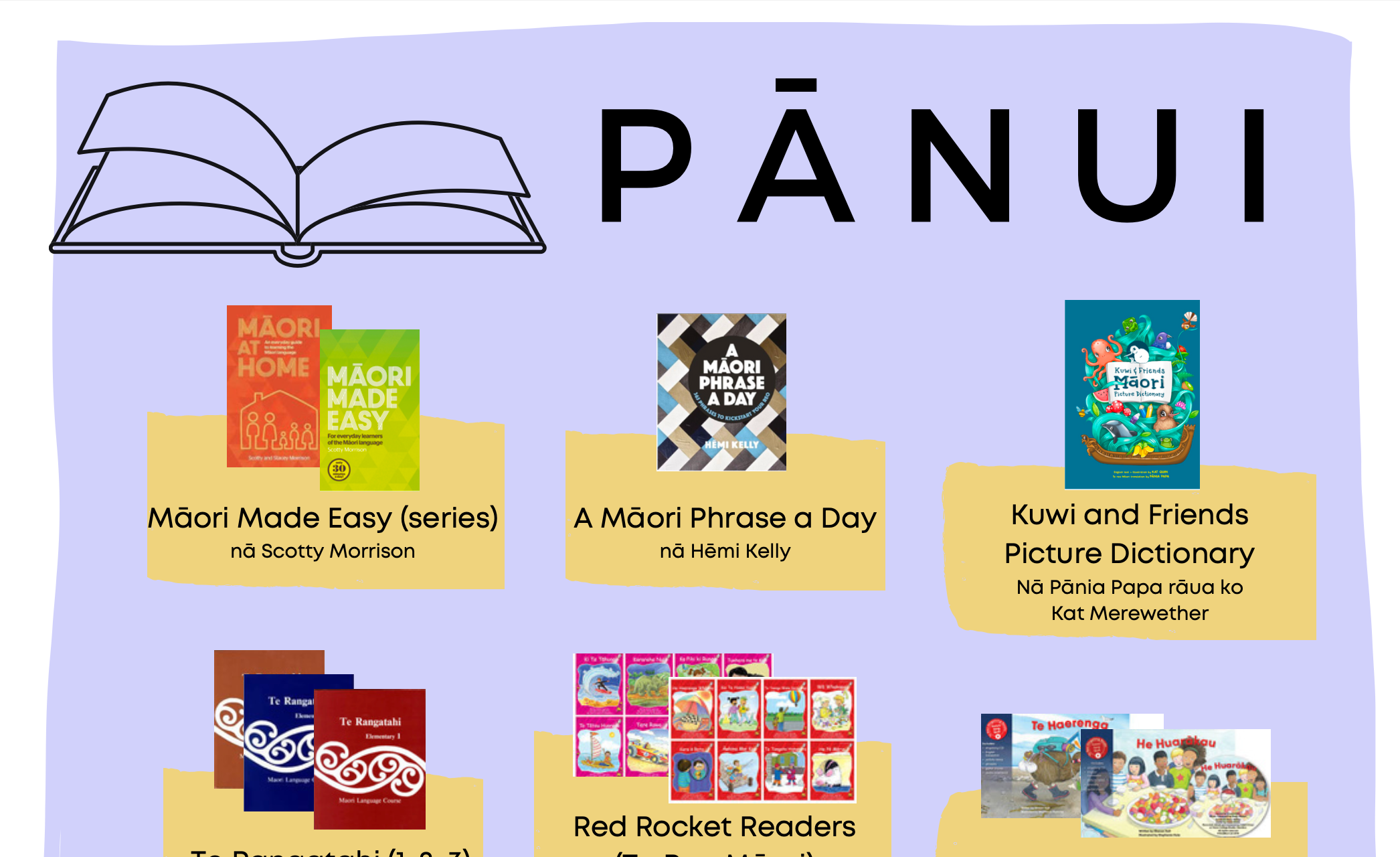Tēnā koutou!
The kōrero we're sharing here has been informed through engaging with different pūkenga reo and pūkenga tikanga (experts in language and tikanga), and from observations over the years around introductory language. What we share here is only one perspective, and we hope that it opens discussions for you and other reo learners in your life.
The language of introduction
Introductions are important when meeting people within any culture - for Māori, mihi is not only about saying who we are and acknowledging places and people that have shaped us, but is also a way to identify connections between ourselves and others. There are a few different kupu (words) you might have seen or heard around mihi, so let’s start there:
- mihi - an introduction. Mihi can include personal information of belonging and connection, as well as greetings and acknowledgements to people, places, kaupapa and more.
- mihimihi - the process of people offering their mihi.
- pepeha - an often formulaic expression which Māori may use to introduce themselves. As Māori, our pepeha can form part of our wider mihi.
- kōrero tuakiri - language of identity. This phrase can be used by all to describe the language which resonates with each individual in terms of their identity. We suggest this as an alternative to ‘pepeha’ for non-Māori. Our kōrero tuakiri can form part of our wider mihi.
What should you include in your mihi?
Mihi are unique and personal kōrero as it relates to the person saying it and the context in which mihi are being offered. There is no single 'correct' way to mihi - one suggestion is that mihi could/should be different each time you introduce yourself to ensure you’re tailoring the content to the time, place and people as needed. It is really important that what you say is an accurate reflection of who you are, and that you do your best not to co-opt aspects of cultures which are not yours.
We've created a resource to support people with putting mihi together. There are a range of different language options for both Māori and non-Māori. This may be a helpful resource for teachers or facilitators supporting groups of people to develop their mihi - however if whānau have their own version of their pepeha/mihi then that is awesome! This is available as a digital download on our website here.
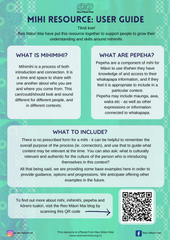
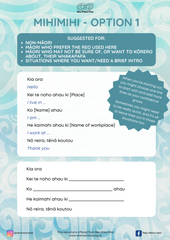
Maunga and awa
You might have heard references to maunga (mountains), awa (rivers) or other natural landmarks when people introduce themselves. Please know that references to these in mihi are more than the mountain nearest to where you were born, or grew up, or live. It's more than a river you enjoy spending time near or on. For many Māori, when we introduce ourselves using maunga and awa - we are saying we are a representation of them, and that who we are and what we do is a reflection of those places. They are our tīpuna (ancestors), they hold our histories and stories, and they will do so forever - connecting us to our tīpuna before us, and our mokopuna after us.
Again - there is no one ‘right’ way for mihi to be. For some Māori, using maunga, awa, moana, roto, waka, iwi and hapū to introduce themselves isn’t relevant or authentic (for a variety of reasons). Or, they may want to acknowledge landmarks or groups who are not connected to them by whakapapa.
For some non-Māori, referencing these kinds of landmarks may also not be relevant to their identity during introductions, but for others they may be important/relevant to their identity. There are a range of different language structures that can be used to mihi to/acknowledge places or people, depending on the speaker and what they want to say.
These options are included in the mihi resource mentioned above. Additionally, we have put together a series of sheets to support with options for how to grow/expand your mihi, including maunga, awa, iwi and hapū. These are great options for non-Māori who want to mihi to these places/concepts, and also great options for Māori who are connected to places where they may not have whakapapa but would still like to speak to their connection. We’ve also included how to include mōkai (pets) in your mihi as we know for many of us, our mōkai are a loved and treasured part of our whānau. You can find these rauemi/resources in our Free Downloads, or linked through our Building Your Mihi blog post!

